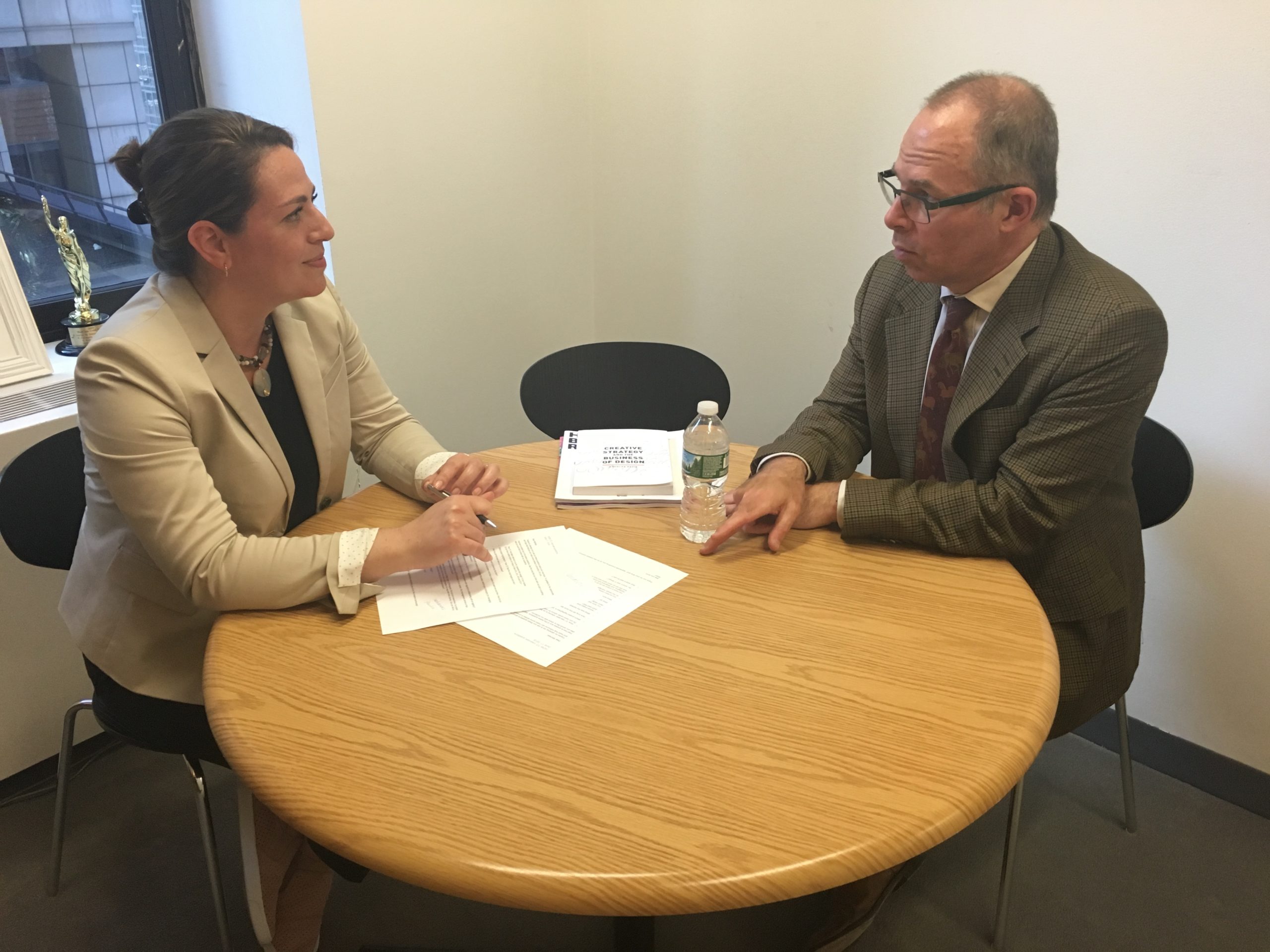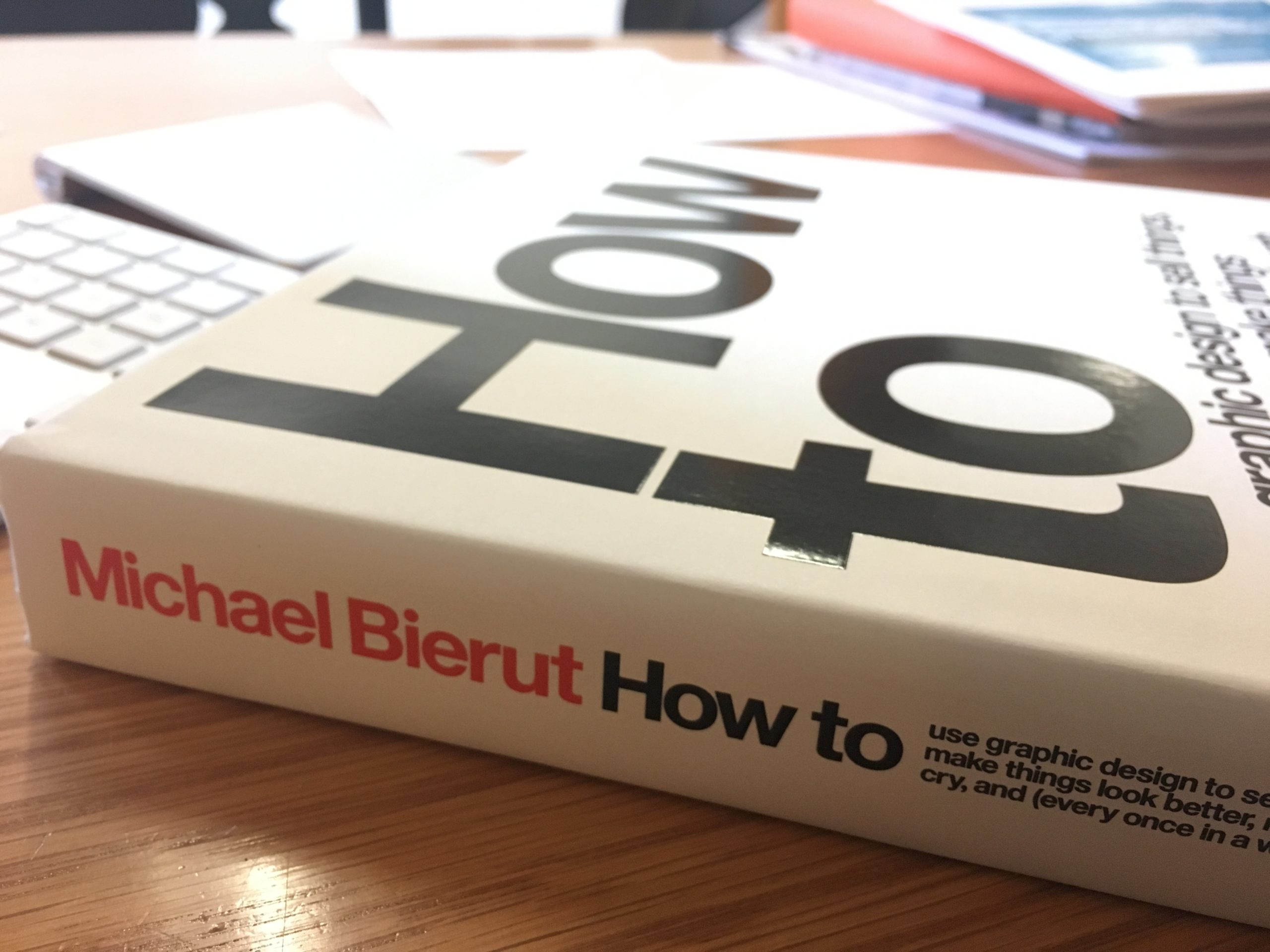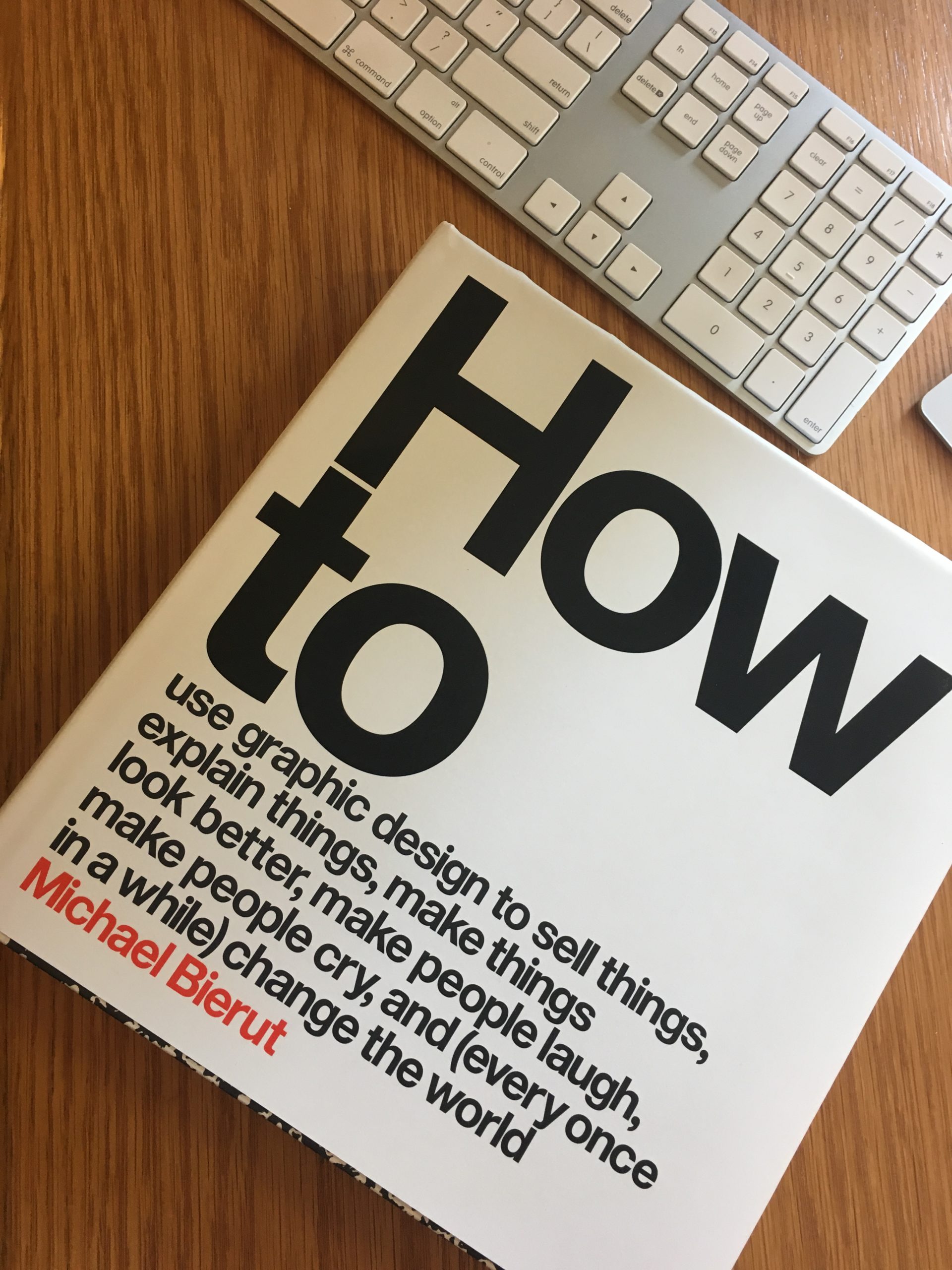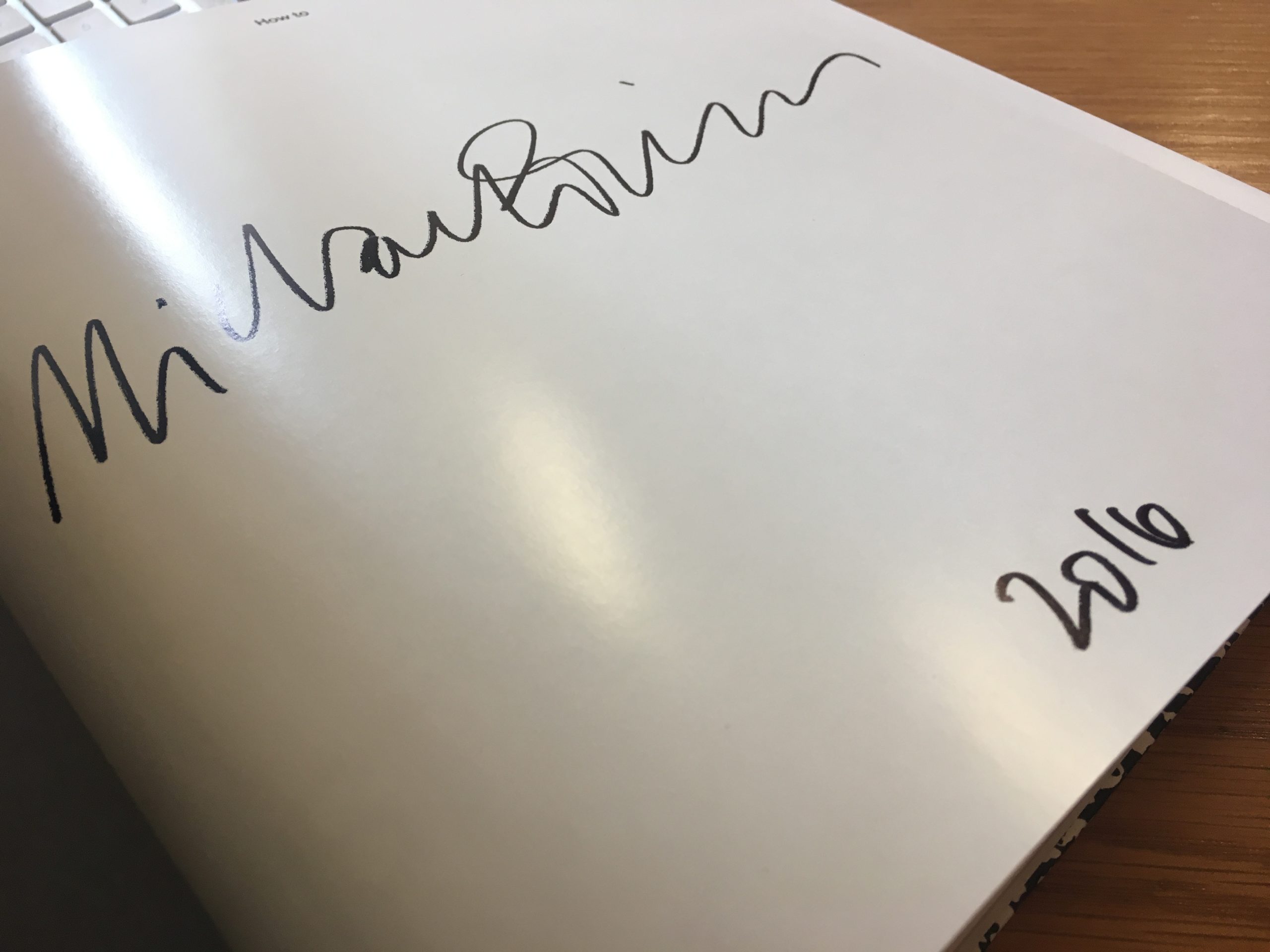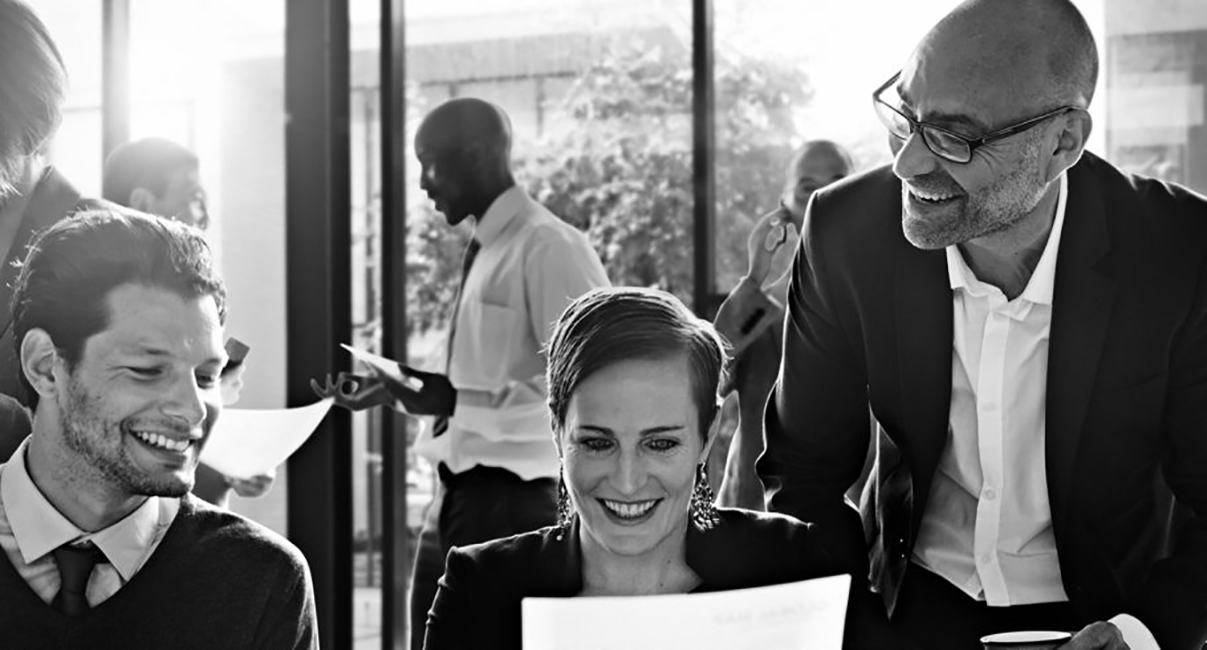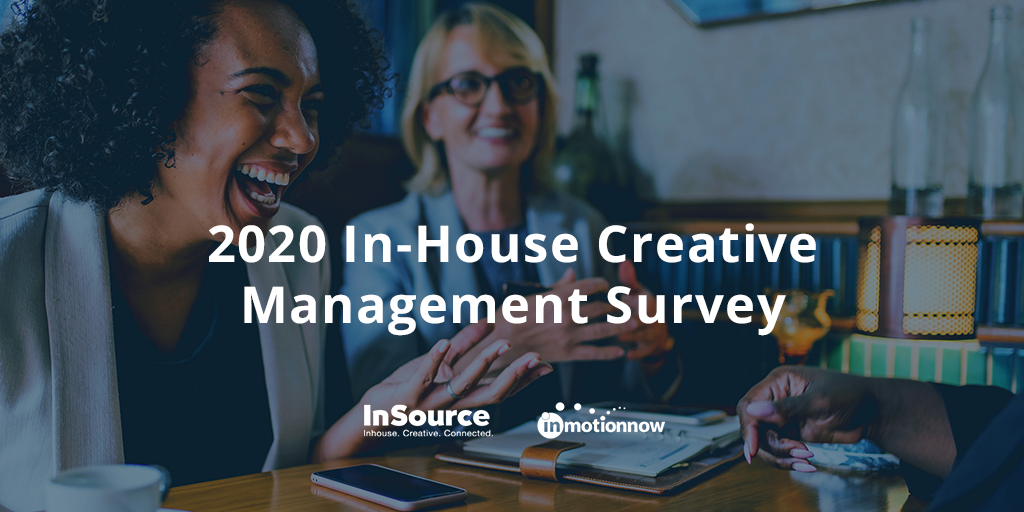In 2016 Michael Beirut launched his new book How To. Check out this exclusive interview capturing book details and career tips.
Robin: “There were a couple things that really stood out to me when I read How To. I loved hearing about the pile of notebooks, a career deep, that you keep. Tell me a little bit about that.”
Michael: “I’ve never had a great memory, or maybe I have a very selective memory. Like a lot of creative people I tend to remember things visually. Way back nearly 35 years ago, I started carrying around inexpensive marble covered notebooks. I’ve never really tried to make them into works of art—you know, jam-packed full of inspirational sketches. But I take them to meetings or carry them throughout the day and just make notes for myself. Sometimes I’d make a little diagram to help me understand how things fall into place, and every once in a while I would actually start to work out a design problem.
Sometimes I’ll come back from my meetings and one of my partners or one of my designers will say, “Well, what happened?” Then I’ll take out my notebook and talk them through. These visual notes that I took sometimes form a little treasure map of how we are going to proceed; sometimes these notes I make end up being visual recipes for things that turn out to have some significance later on.”
Robin: “I loved the Robin Hood Foundation project, which must have had some serious impact on the community.”
Michael: “Yes, it’s one of the reasons I put it last in the book. Because of its nature it’s been seen by generations of elementary school children at this point. The original kids must be in college or graduates from college by now.
We were asked to do murals inside libraries by the Robin Hood Foundation, which is a philanthropy based here in New York. They were installing them in different at-risk public schools throughout New York City, and I resisted a little bit just because I think to do a mural requires a certain kind of skill, like an artist with a capital A. We were there to provide graphic design support, more like problem solving. But then we realized there was something special there. We were able to work with the librarians, with the principals, sometimes with the local talents, sometimes with the kids, in order to customize solutions for each one of these things. There was also an opportunity to invite other people to come in because I ran out of ideas very quickly. So we started collaborating with everyone from Stefan Sagmeister to Maira Kalman to Christoph Neimann. I can take credit for sort of art directing them but not really. I helped identify the right talent and just let them loose basically.”
Robin: “It looks like it was a fun project. What caught my eye were the strong colors painted on the bookshelves, which complemented the whimsical and vibrant murals.”
Michael: “It was really fun to see them in use. It certainly did not occur to me right away but when I saw the first libraries completed, I realized that if you provide a special environment for not only children but staff too, an unbelievable sense of pride can happen. The people who were affected the most were the librarians because they felt that they were given a very special place to work. It demonstrated to them that they were valued, that they deserved a stage to perform on, a store where they could really be the stewards in a way. It was inspiring people to do their best work.”
Robin: “How To has been referred to as the ‘greatest hits voyage’ of your career. Do you have advice to share based on your career journey?”
Michael: “I can’t give you advice but I can tell you how I did it. I think this is actually something that I became conscious of when I was working for Massimo. It was my first job out of school—I was in my early 20s and he was in his late 40s and then turned 50 I think the first year I was working for him. I remember I was thinking then that he was the oldest guy in the world to me. So old! And now, of course, I’m older than 50 but I don’t feel that old.
I think when you’re young, you’re perceived as being energetic, hardworking and maybe naïve and unexperienced. When you’re older, you have wisdom but you could be out of touch or tired or grumpy—whatever happens to old people like me. You’re treated differently in all those ages; you know the kind of presence you have in a room with other people and the difference comes with pluses and minuses.
In my 20s, I just remember I worked really hard and not because I sort of vowed to do that. I just loved working. I was almost intoxicated with the ability to make things, and I just couldn’t stop doing it. When I finally had a real job and access to the whole toy box full of tools, it was like a playground to make things all day. I’d get to work early, I’d stay late, go home, eat dinner, then I’d come back after dinner. I didn’t distinguish stuff I was doing for work versus stuff I was doing for my own fun. I was doing freebies for friends, posters, invitations for people’s parties, one-off birthday cards for people. I didn’t care what I was making as long as I was making something. And I also seem to remember that I didn’t need that much sleep back then. I don’t remember ever feeling tired; I just felt very energetic the whole time.
But when you start getting into your 30s it’s possible you’re working with people that are closer to your own age. Certainly that happens when you get into your 40s and you start understanding. I think it makes you more prone and sympathetic to their concerns when you see someone and think, Oh, this person is afraid to be fired. This person really needs a victory so that she can show her boss that she’s worthy of the charge she was given. And that puts pressure on you to help those people. It’s not just you but you’re improvising with someone else, right?
I don’t want to say responsibilities because that makes it sound “onerous” but I think you sort of realize that as you start to learn things you have an opportunity to kind of give things back. So I’ve noticed that a lot of times when people get involved with professional organizations, whether it’s AIGA, InSource or whatever it is. You start seeing earlier versions of yourself and you want to stop those people from making the mistakes you made, and then you’re in a position to be a mentor as you were a protégé in your earlier ages.
All I remember is a few times when I was coming up—you know, when you’re first looking for a job— a few times anyone acknowledged that I was actually occupying space on planet Earth I was just so thrilled, you know! A confirmation to my existence was so exciting to me.”
Check back next week for the second part of this three-part interview.

